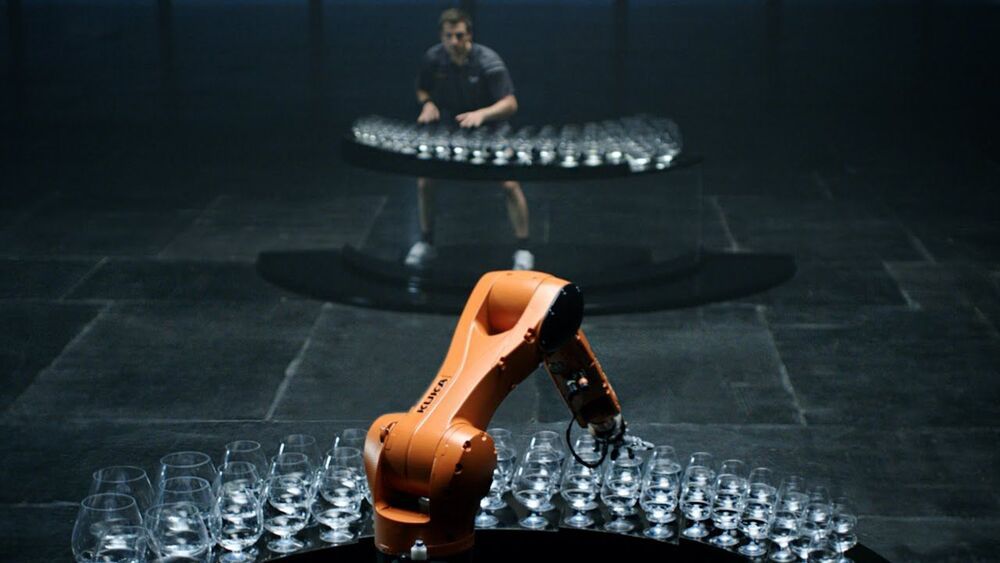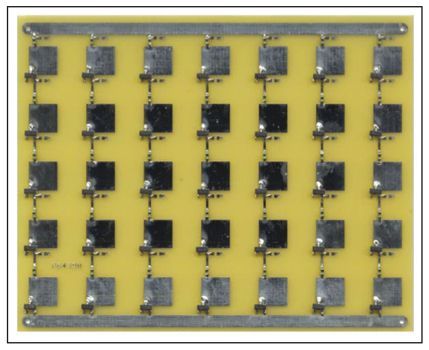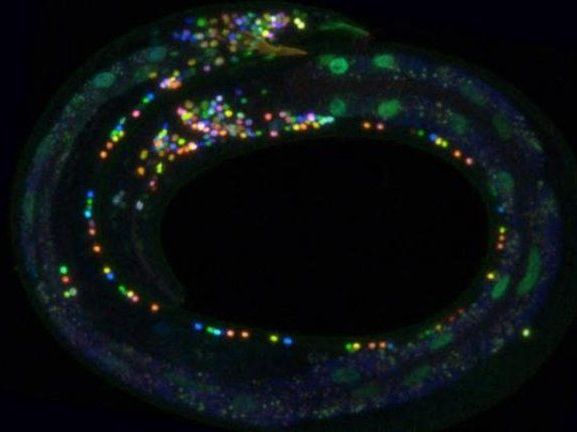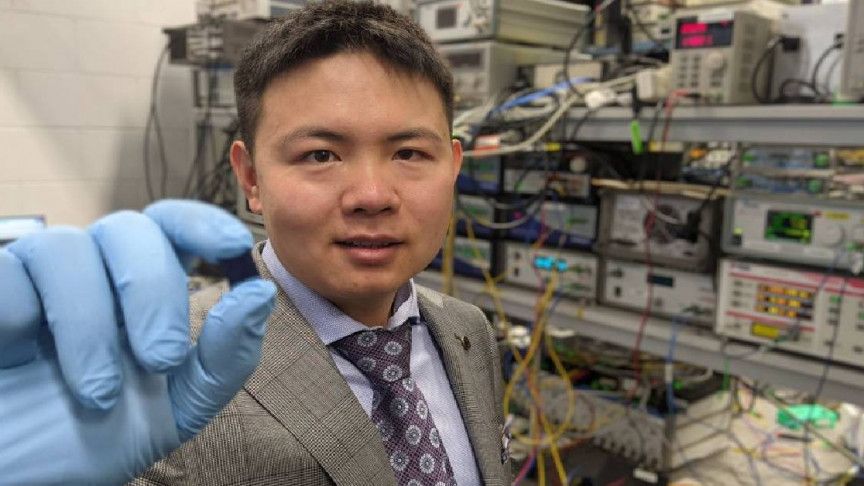Archive for the ‘robotics/AI’ category: Page 1566
Jan 11, 2021
Microwave Energy Transmission for Aircraft
Posted by Quinn Sena in categories: robotics/AI, solar power, sustainability, transportation
Circa 2010
Unmanned aerial vehicles, or UAVs, are used in many applications to gather intelligence without risking human lives. These aircraft, however, have limited flight time because of their reconnaissance payload requirements coupled with their limited scale. A microwave-powered flight vehicle would be able to perform a reconnaissance mission continuously.
Using beamed microwave energy from a remote source on the ground, the airplane gathers energy using onboard antennas. A rectifying antenna, or rectenna, harvests power and rectifies it into a form usable by an onboard electric motor that drives the propeller, providing thrust. Using a rectenna array affixed to the underside of the aircraft, the power needed to maintain flight can be remotely transmitted.
Continue reading “Microwave Energy Transmission for Aircraft” »
Jan 11, 2021
Scientists Paint Multicolor Atlas of the Brain
Posted by Genevieve Klien in category: robotics/AI
Summary: A newly developed technique dubbed NeuroPAL is helping researchers investigate the dynamics of neural networks in the nervous system of microscopic worms.
Source: Columbia University.
The human brain contains approximately 86 billion neurons, or nerve cells, woven together by an estimated 100 trillion connections, or synapses. Each cell has a role that helps us to move muscles, process our environment, form memories, and much more.
Jan 11, 2021
Dr. Tim R. Peterson — Moonshot Thinking For Aging, Mental Health, And Drug Re-Purposing
Posted by Ira S. Pastor in categories: biotech/medical, life extension, neuroscience, robotics/AI

Moonshot Thinking For Aging, Mental Health, And Drug Re-Purposing — Dr. Tim R. Peterson.
Washington University in St. Louis.
Jan 11, 2021
Team creates hybrid chips with processors and memory to run AI on battery-powered devices
Posted by Saúl Morales Rodriguéz in categories: information science, robotics/AI
Smartwatches and other battery-powered electronics would be even smarter if they could run AI algorithms. But efforts to build AI-capable chips for mobile devices have so far hit a wall—the so-called “memory wall” that separates data processing and memory chips that must work together to meet the massive and continually growing computational demands imposed by AI.
“Transactions between processors and memory can consume 95 percent of the energy needed to do machine learning and AI, and that severely limits battery life,” said computer scientist Subhasish Mitra, senior author of a new study published in Nature Electronics.
Now, a team that includes Stanford computer scientist Mary Wootters and electrical engineer H.-S. Philip Wong has designed a system that can run AI tasks faster, and with less energy, by harnessing eight hybrid chips, each with its own data processor built right next to its own memory storage.
Jan 11, 2021
Police Robots Are Not a Selfie Opportunity, They’re a Privacy Disaster Waiting to Happen
Posted by Shailesh Prasad in categories: drones, education, government, law, robotics/AI, security, space, surveillance
The arrival of government-operated autonomous police robots does not look like predictions in science fiction movies. An army of robots with gun arms is not kicking down your door to arrest you. Instead, a robot snitch that looks like a rolling trash can is programmed to decide whether a person looks suspicious —and then call the human police on them. Police robots may not be able to hurt people like armed predator drones used in combat— yet —but as history shows, calling the police on someone can prove equally deadly.
Long before the 1987 movie Robocop, even before Karel Čapek invented the word robot in 1920, police have been trying to find ways to be everywhere at once. Widespread security cameras are one solution—but even a blanket of CCTV cameras couldn’t follow a suspect into every nook of public space. Thus, the vision of a police robot continued as a dream, until now. Whether they look like Boston Dynamics’ robodogs or Knightscope’s rolling pickles, robots are coming to a street, shopping mall, or grocery store near you.
Jan 11, 2021
Apple and Hyundai are reportedly planning to team up and build a ‘beta’ version of an electric car by 2022
Posted by Raphael Ramos in categories: robotics/AI, sustainability, transportation
Hyundai and Apple teaming up to challenge Tesla? 😃
Apple and Hyundai plan to sign a deal that would lead to a “beta” version of an Apple electric vehicle as early as 2022, according to a Sunday report from Reuters.
Reuters cited a report from Korea IT News that said the companies are planning to sign a deal by March 2021 to partner on the self-driving electric cars, according to a Sunday report from Korea IT News.
Jan 10, 2021
Paralyzed Man Controls Two Robotic Arms With His Mind For The First Time
Posted by Jeff Myers in categories: biotech/medical, robotics/AI
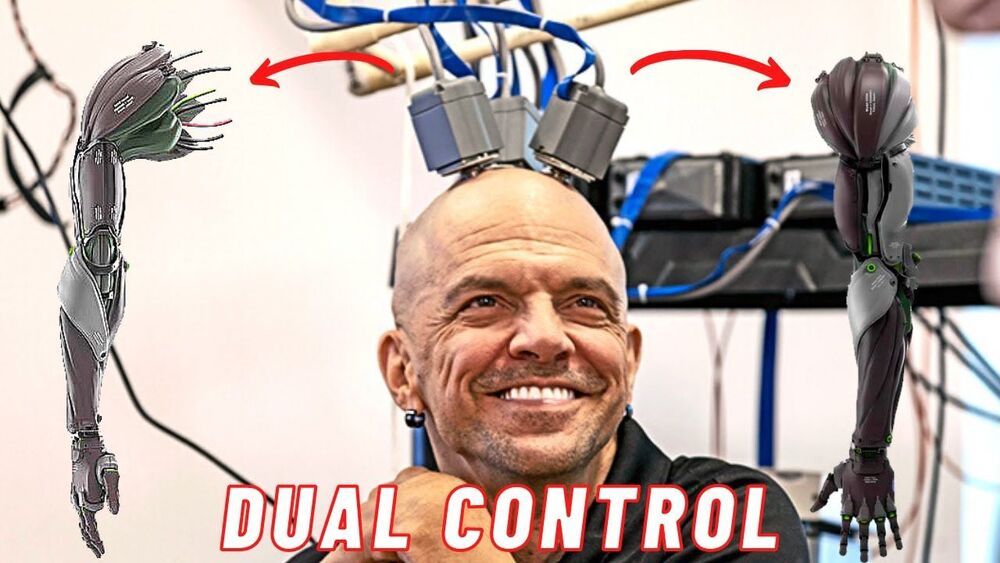
https://www.youtube.com/watch?v=FH_qe_mfF7Q&feature=youtu.be
Hey it’s Han from WrySci HX coming to you with exciting news out of Johns Hopkins University. A man was able to control two robotic arms simultaneously via a brain computer interface to the point of feeding himself. Amazing stuff! More below ↓↓↓
Subscribe! =]
Continue reading “Paralyzed Man Controls Two Robotic Arms With His Mind For The First Time” »
Jan 10, 2021
World’s Fastest, Most Powerful Neuromorphic Processor for AI Unveiled
Posted by Kelvin Dafiaghor in categories: internet, robotics/AI
RELATED: HUAWEI LAUNCHES WORLD’S MOST POWERFUL AI PROCESSOR
Optical micro-combs.
The invention could revolutionize neural networks and neuromorphic processing in general. “This breakthrough was achieved with ‘optical micro-combs’, as was our world-record internet data speed reported in May 2020,” said in a statement Swinburne’s Professor David Moss.
Jan 10, 2021
MIT Deep-Learning Algorithm Finds Hidden Warning Signals in Measurements Collected Over Time
Posted by Genevieve Klien in categories: biotech/medical, information science, robotics/AI, satellites
A new deep-learning algorithm could provide advanced notice when systems — from satellites to data centers — are falling out of whack.
When you’re responsible for a multimillion-dollar satellite hurtling through space at thousands of miles per hour, you want to be sure it’s running smoothly. And time series can help.
A time series is simply a record of a measurement taken repeatedly over time. It can keep track of a system’s long-term trends and short-term blips. Examples include the infamous Covid-19 curve of new daily cases and the Keeling curve that has tracked atmospheric carbon dioxide concentrations since 1958. In the age of big data, “time series are collected all over the place, from satellites to turbines,” says Kalyan Veeramachaneni. “All that machinery has sensors that collect these time series about how they’re functioning.”
